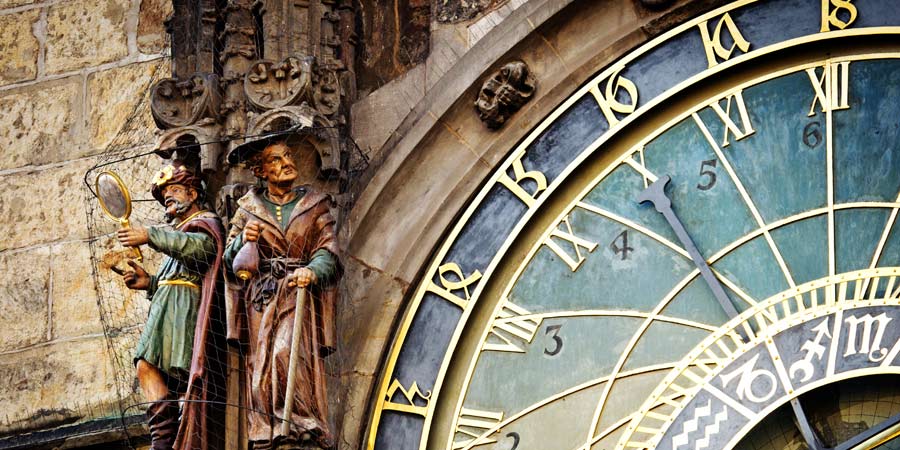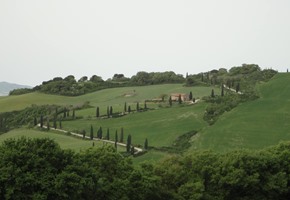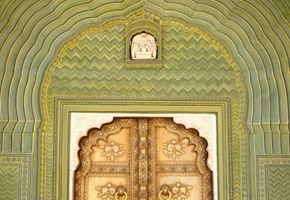Six hundred and five years and still ticking, a stellar achievement.
Like clockwork every day visitors flock to Prague's legendary Old Town to witness 45 seconds of mechanical genius, Prague's Astronomical Clock in motion. The Prague Orloj has been ticking since 1410, making it the oldest still-working astronomical clock in the world. Fixed to the southern wall of the Old Town Hall and beneath its Gothic tower, the clock is emblazoned onto the understated brickwork of the building. You wouldn't be alone in thinking this exquisite timepiece is slightly out of place. Vibrant colours set it apart from its ensconcement, with two faces displaying an astronomical dial and a calendar dial. The third component is the 'Walk of the Apostles', on the hour these figures spring into motion for 45 seconds of calculated finesse, and have been weaving their magic for centuries. Though despite this theatre the most appealing part of the clock has to be its photogenic nature, it stands out, so much so in fact that you could argue it to be a lost artefact - perfectly preserved from a distant epoch that is no longer heard or remembered.
Legend has it that clockmaster Hanus, of the 15h century designed the clock and kept the blueprints close to his heart, so close that he refused to show his designs to anyone. Jealousy is a dangerous thing, and when Prague's Councillors discovered that Hanus was making another clock, of an even more spectacular design, they blinded him so he could not finish it. The real history of the clock names its creator as a man called Mikulas of Kadan, who worked in collaboration with Charles University Professor Jan Sindel.
Today the Orloj is the focal point of an urban landscape that has enchanted travellers for generations, and suitably crowns Prague's timeless Old Town.





